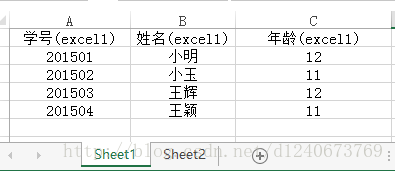Python中的字符串替换操作示例
字符串的替换(interpolation), 可以使用string.Template, 也可以使用标准字符串的拼接.
string.Template标示替换的字符, 使用"$"符号, 或 在字符串内, 使用"${}"; 调用时使用string.substitute(dict)函数.
标准字符串拼接, 使用"%()s"的符号, 调用时, 使用string%dict方法.
两者都可以进行字符的替换.
代码:
# -*- coding: utf-8 -*-
import string
values = {'var' : 'foo'}
tem = string.Template('''''
Variable : $var
Escape : $$
Variable in text : ${var}iable
''')
print 'TEMPLATE:', tem.substitute(values)
str = '''''
Variable : %(var)s
Escape : %%
Variable in text : %(var)siable
'''
print 'INTERPOLATION:', str%values
输出:
TEMPLATE: Variable : foo Escape : $ Variable in text : fooiable INTERPOLATION: Variable : foo Escape : % Variable in text : fooiable
连续替换(replace)的正则表达式(re)
字符串连续替换, 可以连续使用replace, 也可以使用正则表达式.
正则表达式, 通过字典的样式, key为待替换, value为替换成, 进行一次替换即可.
代码
# -*- coding: utf-8 -*-
import re
my_str = "(condition1) and --condition2--"
print my_str.replace("condition1", "").replace("condition2", "text")
rep = {"condition1": "", "condition2": "text"}
rep = dict((re.escape(k), v) for k, v in rep.iteritems())
pattern = re.compile("|".join(rep.keys()))
my_str = pattern.sub(lambda m: rep[re.escape(m.group(0))], my_str)
print my_str
输出:
() and --text-- () and --text--
